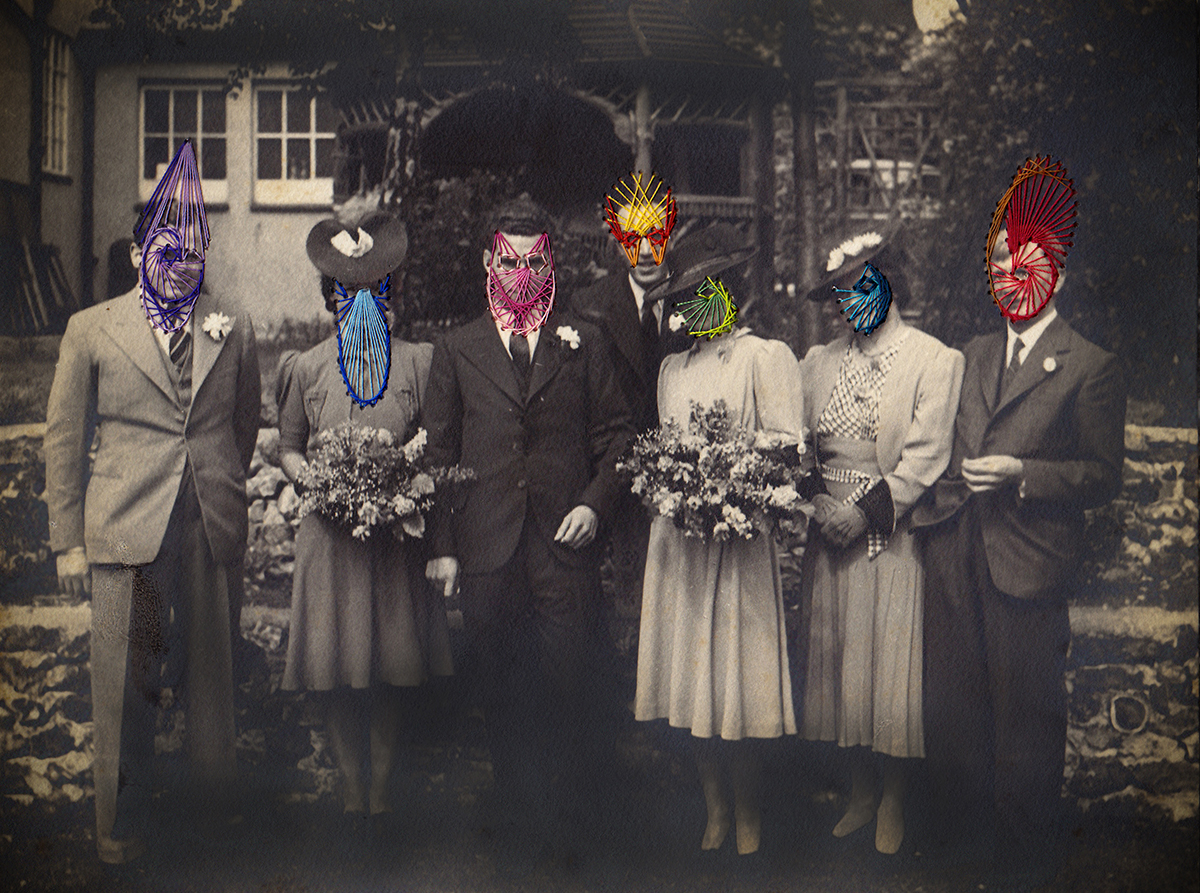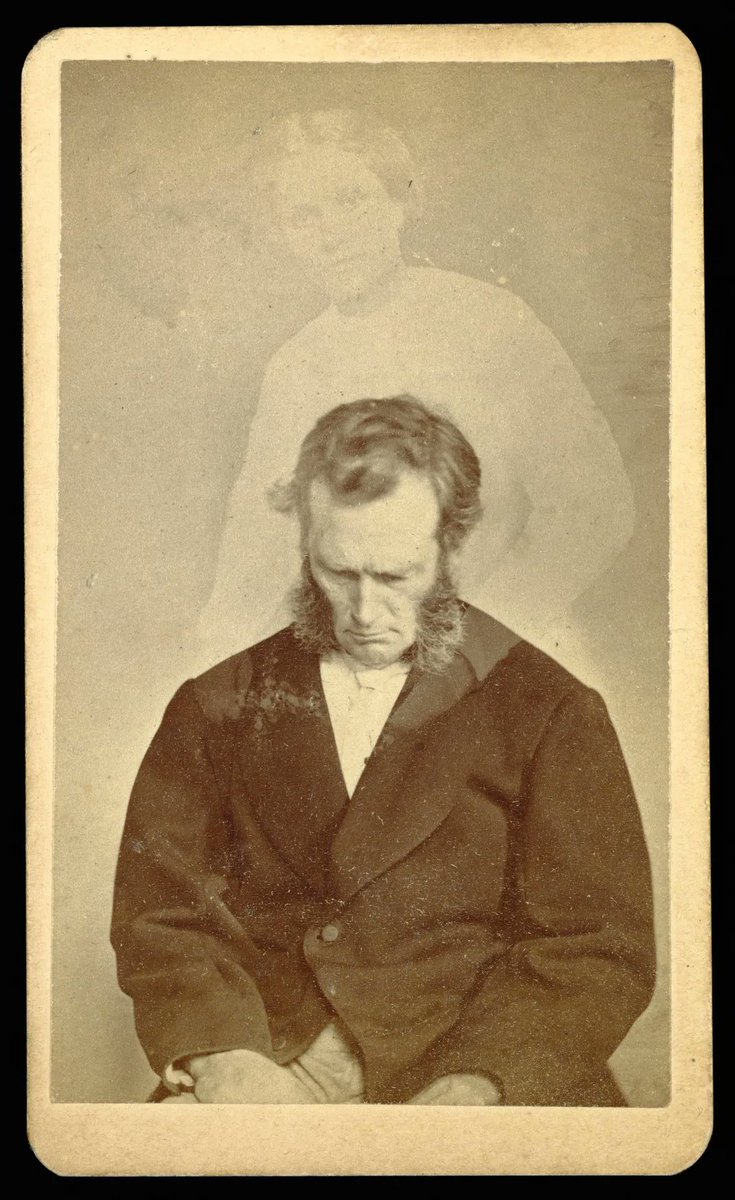We welcome the work by Maurizio Anzeri to @foundation! ✨ 

He was born in Sardinia, Italy, in 1970 and began his career as an artist in the 1990s. Anzeri's work is primarily focused on embroidery, photography, and sculpture. 

One of Anzeri's most recognizable and celebrated series of works is his "embroidered portraits." These are photographs of people that have been embroidered with thread, creating a unique and striking visual effect. 

The embroidery adds a layer of texture and depth to the photographs and a sense of nostalgia and memory. 

Anzeri's embroidered portraits have been exhibited in galleries and museums worldwide and are widely praised for their originality and emotional impact. 

In addition to his embroidered portraits, Anzeri has created several sculptures incorporating found objects and materials. These sculptures are often thought-provoking and evocative and explore themes such as memory, identity, and the passage of time. 







Anzeri's work has been exhibited in galleries and museums around the world, including the Tate Modern in London, the Museum of Contemporary Art in Chicago, and the Venice Biennale. 

🔗 If you would like to collect one of his embroidered pieces, check out his collection on @foundation. 🪡
foundation.app/@maurizioanzeri
foundation.app/@maurizioanzeri
• • •
Missing some Tweet in this thread? You can try to
force a refresh


























